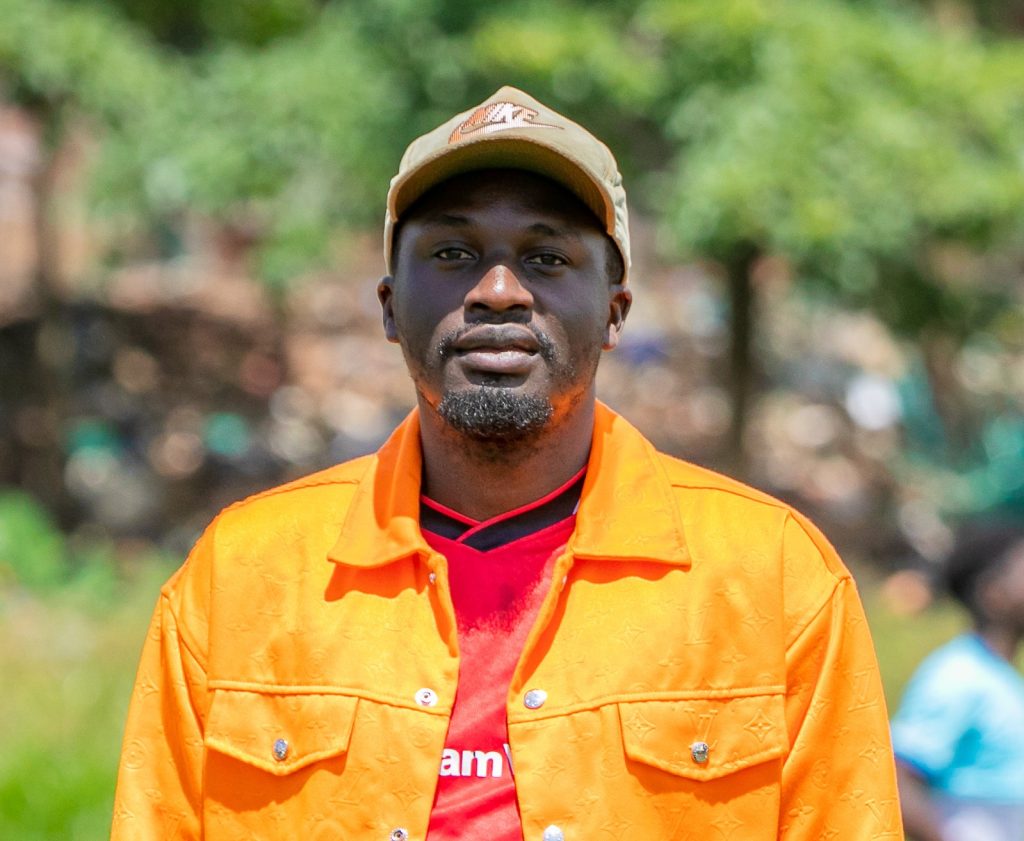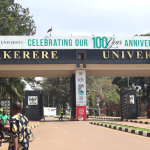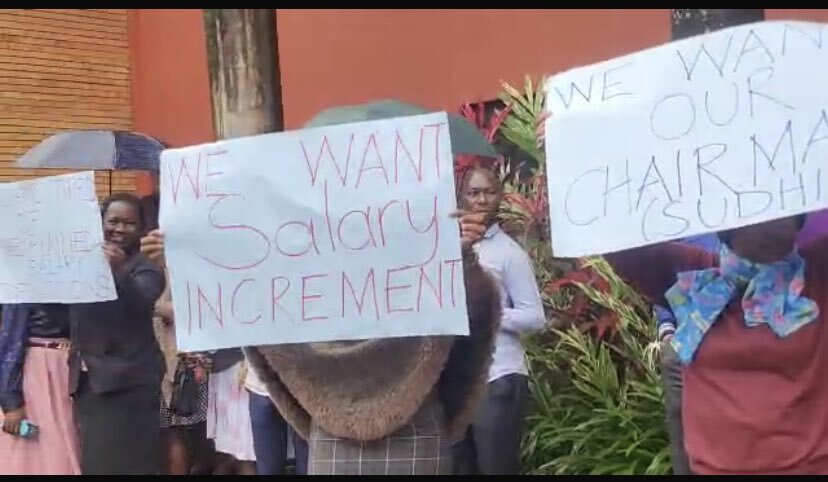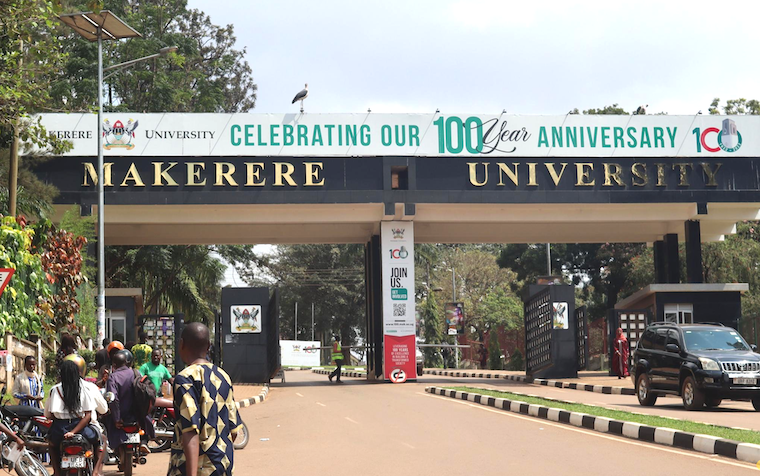
By JACOB LWANGA
During the regional parliamentary sitting taking place in Gulu City, area MPs on August 28 tabled 36 key demands of which they say were raised by local leaders and the community to them and let’s discuss on how best the government can go about it.
For a long period of time, locals from Northern Uganda have been crying of animal attacks from national parks that destroy their property, farmlands, crops and also end up losing their lives to these animals while trying to chase them.
A case in example is an elephant attack in Ogwete sub county, Otuke district where two people were injured by an elephant.
Also cases of human-animal conflicts from the Murchison Falls National Park can’t go unnoticed. These conflicts are as a result of habitat loss, climate change, poaching, and disrupting the natural balance between wildlife and communities.
Disrupting natural balance between wildlife and communities where a lot of human activities have been witnessed being carried on animal gazetted protection areas which disrupt the peace of animals forcing them to invade people for example agriculture, oil drilling activities in the Murchison Falls National Park scare aware animals like elephants which evade communities around for safety but in the end, they end up being a threat among others.
The government, to restore harmony between wildlife and humans in the northern has got to employ a lot of measures to mitigate these conflicts for example;
The government should embark on the fencing of national park areas that are not yet fenced as this will create boundaries between communities and wildlife protection areas.
This will stop community encroachment on wildlife land and control invasions of communities into the parks and animals on to community lands. This practice will reduce crop damages from wild animals thus promoting a peaceful coexistence.
To control solve these conflicts, the government should also consider revoking permits of people and companies that operate from the park land as these operations some of them create a lot of noise and vibrations that are not friendly to the wildlife like elephants, these operations also destroy the biodiversity on which these animals depend thus causing animal movements to look for safe places hence the conflicts.
Development of land use plans that consider both human settlement patterns and wildlife migration routes to reduce conflicts over limited resources, establishment of buffer zones between communities and animal protection areas will help mitigate direct encounters between wildlife and humans hence solving the human-animal conflict and promoting peaceful coexistences.
In short, to resolve human-animal conflicts in Northern Uganda, government requires a collaborative effort involving government agencies, local communities, conservation organizations, and other stakeholders.
By adopting holistic approaches that address the root causes of conflicts and promote shared responsibility for wildlife conservation, Northern Uganda will achieve a balance where both humans and animals thrive together. With concerted actions guided by a commitment to sustainability and harmony, the region can transform conflict into coexistence, nurturing a future where wildlife and communities flourish side by side.







